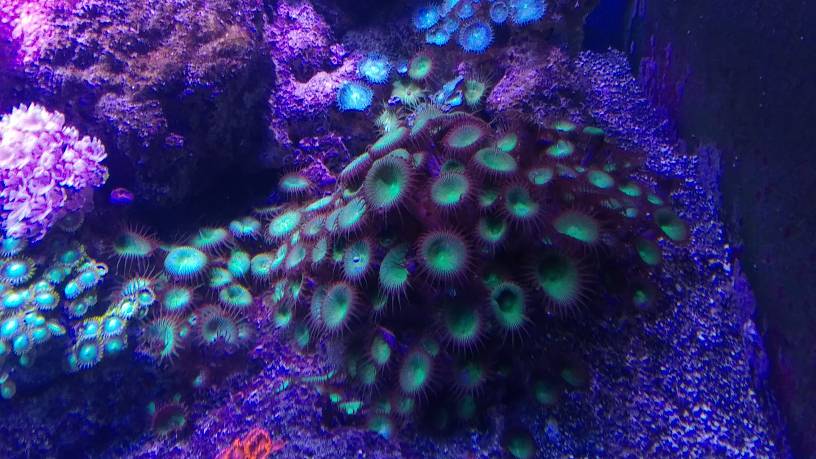Howdy Ryan/Randy/everyone,
I thought of a good question to test - the effects of hypo/normal/hyper salinity on various corals!
Most people I know run their reef systems around a sg of 1.026 - Adam at @Battlecorals runs a bit higher at around 1.028-1.029, and yours truly was running at 1.020 (with little success).
I think it'd be a good experiment to have three separate tanks, one at 1.023, one at 1.026, and one at 1.029. Match temp, lighting, food, and flow. Make sure that alk/ca/mg are all held at the same values, perhaps dosing via two part?
Weigh the frags at the beginning of the experiment, and every so often to track growth. Take note of coloration.
Let's see if salinity plays a part in coral health!
I thought of a good question to test - the effects of hypo/normal/hyper salinity on various corals!
Most people I know run their reef systems around a sg of 1.026 - Adam at @Battlecorals runs a bit higher at around 1.028-1.029, and yours truly was running at 1.020 (with little success).
I think it'd be a good experiment to have three separate tanks, one at 1.023, one at 1.026, and one at 1.029. Match temp, lighting, food, and flow. Make sure that alk/ca/mg are all held at the same values, perhaps dosing via two part?
Weigh the frags at the beginning of the experiment, and every so often to track growth. Take note of coloration.
Let's see if salinity plays a part in coral health!










